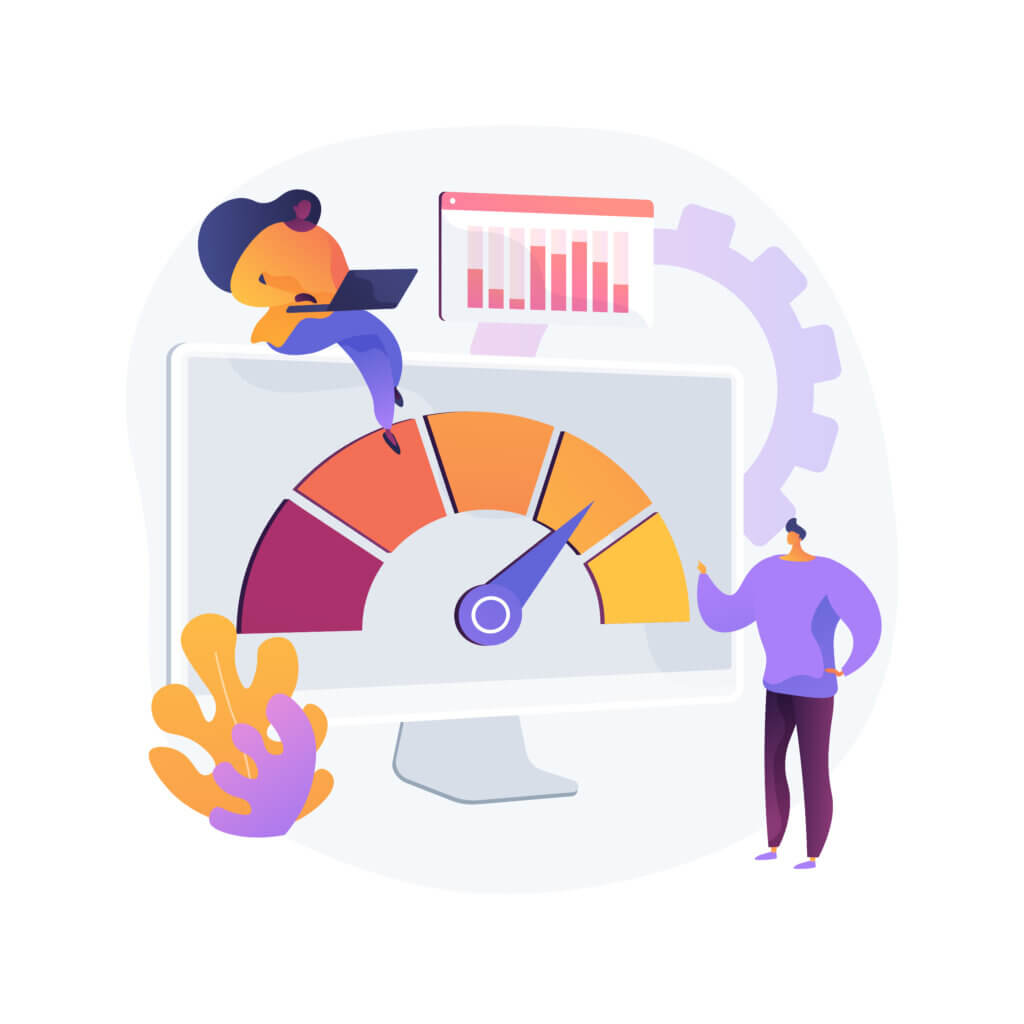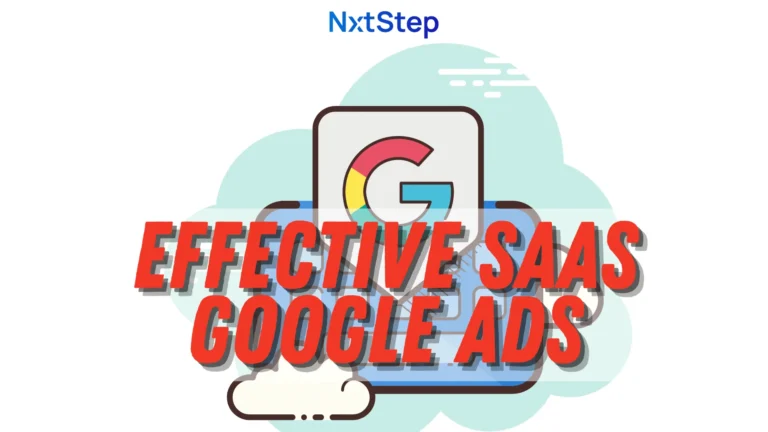Most people build and manage B2B SaaS applications all wrong. Almost everyone builds before they sell. As a B2B SaaS consultant, this is probably the biggest mistake I see and I want to do everything in my power to try and reverse this trend.
Selling before you build has many advantages. In particular, it can help you with everything from validating the strength of your value proposition to saving your company. As such, I want to show you how you can do this effectively without going broke.
First, let’s dive into the background of this topic so you know why I feel it is such a huge opportunity for improvement.
Background
The vast majority of the investment into B2B SaaS companies (especially early days) are into product development. The process is very time consuming and expensive. The problem here, and why this is such an opportunity, is that if we build in the wrong direction then we’re likely to waste all of those resources which could end up causing our company to fail.
As such, we want to validate what we build BEFORE we build it and the best way to do that is to try and sell it. Afterwall, why would you build something you knew you couldn’t sell??
The question is how do we do that without going broke. You may be asking yourself, am I proposing hiring an entire sales team before you have a product to sell? The answer is no and yes. No to hiring the sales team (you are the sales team), but yes to selling your product before you build it. Luckily there are plenty of strategies we can leverage to get an idea of whether or not we are on the right track before we build the first version of your product.
Also, for those of us out there with existing products you may be wondering if this approach applies to you and that answer is yes. Instead of launching your product, you are likely focused on improving your product. How you can get value from this process is by selling the next feature (before you build it). Then you can focus on building the features that you can sell.
Let’s talk about how to do it.
How To Sell Your Product Before You Build It
One of the reasons why I love going through an exercise of selling before building is because it FORCES you to define critical variables. For example, how well do you know your Ideal Customer Profile (ICP) and Unique Value Proposition (UVP)? You must get serious about defining these well enough in order to sell your product.
The objective of this phase is to capture what’s called ‘buying intent’ from real prospects. This should be in the form of a buying action regarding your product. My preference is to have a prospect fill out a lead capture form that explains what they want and what they are willing to pay for it. If you can capture enough of that data, you can evaluate how effectively you are able to sell your concept before you try to build it.
My preferred strategy is to build a website landing page that speaks to your ICP about your UVP (including pricing) and allows them to fill out a lead capture form to express interest. Once you have a site like this up, you can drive traffic to it based on relevant keywords using advertising. Over a period of time (perhaps a few weeks to a month), you can evaluate how many leads you were able to capture.

To get started here, leverage tools like Google’s keyword planner to better understand what your prospects (ICP) may be searching for so you can target those keywords and send traffic to your website landing page by investing in advertising.
Evaluating Performance
Now that we have a way to sell your product concept before you build it, we also need to be able to measure the financial performance of your sales process. Afterall, if you are investing $2 to make $1, that probably won’t scale very well.
A great place to start here is to measure the leads you are capturing and compare that hypothetical value (if they were to convert to paying) against the budget you are currently investing to capture those leads. For example, if your product captures 20 leads in one month for a product that supposedly costs $20 per month then you’ve captured up to as much as $400 in revenue (if they all converted). At the same time, if you spent $200 in the same month to generate those leads then you can measure whether or not you would have made or lost money. In this case we take the $400 in revenue and subtract the $200 in costs to determine that you could have made up to $200 in this first month or generated a return of 100% which would be a 2 to 1 return on your investment. Not a bad start!
There are a couple of things to keep in mind when running an experiment like this. First, it’s unlikely that you will convert 100% of those leads (even if your product was immediately available to them). As such, it’s probably a good idea to take a conservative estimate of conversions. I typically factor a conversion rate of about 50%. Also, in the calculation I’ve run above, I’ve not considered revenue beyond the first month. If you’re building a SaaS application, then you’ll eventually learn what your LTV or Lifetime Value of your customer will be. This means you’ll likely be making more revenue (if not much more) from a percentage of these converted prospects. Again, a good rule of thumb is taking conservative estimates which is why I run the calculation only based on the first month worth of data.

Don’t get overwhelmed in this process. Your objective is to figure out the return you are able to generate before you build. The rule of thumb here is that the greater the return the higher the level of confidence that a market exists for your product. Eventually, you will have much greater detail about the economics and financial performance of your product. That includes ensuring your LTV/CAC is greater than or equal to 3. For a deeper dive on SaaS metrics see my article here.
Now, let’s talk about when you’ll know that you’re in a good position to finally build.
When You’ll Know You’re Ready To Build
Now that you’ve run your experiment and know how to evaluate the data captured, you can determine whether or not you are ready to build. I’m going to provide you with my best recommendations here so it is easier for you to know what you should do based on how well you’ve been able to sell your B2B SaaS concept.
Generally speaking, the stronger your return the greater the potential for your product. In the next section of this article, I’m going to dive deeper into my two most recent passes through this process for my own B2B SaaS projects. Even better, one performed well and the other didn’t, so you’ll get an example of what success and failure look like plus what the next steps might be if you wind up facing either scenario.
Whether or not you want to build from here is all about how much validation you would like before you do. I’m always looking for the potential of generating a strong return when it comes to anything I might invest in, not just SaaS. As such, my range is to be anywhere above break even (covering my costs to generate leads) to ideally generating a 2 to 1 return on investment. That means for every dollar I spend, I want 2 back right away (within the first month). If I manage to achieve that level of performance, then I will consider moving the project forward to the build phase.

If I am unable to reach that level of performance, then adjustments must be made before I invest considerably into product development. The good news is that I just saved a fortune by avoiding the common trap of potentially building a solution to a problem that doesn’t exist.
If you can generate a return on investment during this phase, you will dramatically reduce the probability of struggling to onboard paying customers when your product is ready.
Let’s see a real-world example of these strategies in action.
Case Study
I’ve recently attempted to launch two new B2B SaaS products. One is a podcasting tool and the other helps with booking meetings. For the sake of this example, I’ll refer to the first as Podcasting and the second as Meetings.
First, I set my variables and wrote web copy on a landing page to communicate my UVP to my ICP for each. Then, I ran ads to drive traffic to each site. After about a month, I evaluated the results which you’ll see below. Based on the performance, I made a unique decision about the future of each project.
Podcasting
After one month, I was able to generate 30 solid leads willing to pay around $20 per month. If I converted all of them, I could have generated $600 in revenue in the first month. The ad budget was around $250. As such, I was able to generate a greater than 2 to 1 return on investment in the first month and based only on the first month of revenues if each of those prospective customers were to convert to paying. Even if I only took a 50% conversion rate, I would still have more than covered my costs. Based on this performance, I knew there was a high likelihood that I could convert prospects to paying customers cost-effectively. So this project moved forward into development and became Podcast Show Notes.
Meetings
After the first month, I was able to generate only 3 leads willing to pay around $10 per month. If I converted all of those, I would have generated $30 in total revenue in the first month. The ad budget was around $150. This means I was losing money because of a negative margin (if I only measure based on potential first month revenues). Now, it’s possible that those users would last for a year. If they did, the revenue would actually be $360 and at that point, I’d be well beyond the 2 to 1 return I was looking for. However, that is an aggressive assumption because my value proposition is still not validated. Customers need to use the product to validate it and until then, I can’t say either way in terms of how long they might continue to pay for access.
With Podcasting, I had a strong enough return to move forward into the development phase. With Meetings, there was more to be done to generate the performance I needed before moving forward. This might mean a new target market or value proposition and perhaps both. With Meetings, I’d need to run this experiment over again after swapping out some variables. If I was able to improve performance to land within my acceptable range, then (and only then) would I move forward.
Let’s summarize what we learned.
Summary
Product development is rigid and ridiculously expensive when it comes to resources (time & money). As such, you should sell before you build to dramatically reduce the risk of failure for your B2B SaaS product.
Design an experiment to communicate your UVP (Unique Value Proposition) to your ICP (Ideal Customer Profile) on a website landing page that you can drive traffic to through ads. Measure the return on investment of the experiment by capturing leads (and what they’ll pay) then compare that to what it will cost you to drive the traffic. If you’re generating a return, consider moving forward with development, but not until then because you will only continue to underperform.
If you would like help running an experiment like this for your B2B SaaS product, schedule time with me to discuss.
Also, consider signing up for my free 5 day email course on finding product-market fit.


